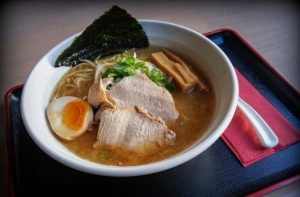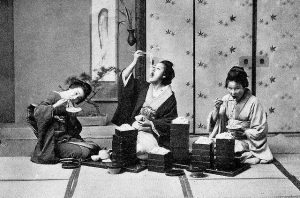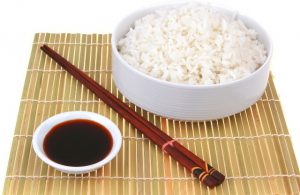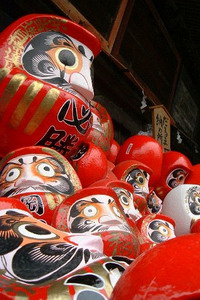nastya
TOURIST NOTES. ALL ABOUT RAMEN (part 2)
 But, of course, not a single ramen plate would be complete without a filling! Although there are no established rules for the filling and its choice lies entirely at the discretion of the chefs and visitors, in addition, there are regional trends. However, there are certain basic foods that can usually be found in ramen throughout the country, including tasu (chunks of pork), manma (seasoned bamboo shoots), spring onions, narutomaki (curly fish cakes), pickled boiled eggs and seaweed nori.
But, of course, not a single ramen plate would be complete without a filling! Although there are no established rules for the filling and its choice lies entirely at the discretion of the chefs and visitors, in addition, there are regional trends. However, there are certain basic foods that can usually be found in ramen throughout the country, including tasu (chunks of pork), manma (seasoned bamboo shoots), spring onions, narutomaki (curly fish cakes), pickled boiled eggs and seaweed nori.
TYPES OF RAMEN
Types of ramen vary from island to island, from prefecture to prefecture, and even from season to season (there are at least 30 different types of regional ramen). The aforementioned Ramen Museum classifies Japanese ramen using three different scales – based on soup, seasoning and “style.” Continue reading
TOURIST NOTES. ALL ABOUT RAMEN (part 1)
 Ramen (ラ ー メ ン) is one of the most beloved dishes in Japan. This noodle dish in a broth sprinkled with filling has won the hearts of gourmets around the world and often tops the list of what tourists plan to eat when purchasing tours to Japan. So, let’s take a closer look at one of Japan’s national culinary treasures.
Ramen (ラ ー メ ン) is one of the most beloved dishes in Japan. This noodle dish in a broth sprinkled with filling has won the hearts of gourmets around the world and often tops the list of what tourists plan to eat when purchasing tours to Japan. So, let’s take a closer look at one of Japan’s national culinary treasures.
HISTORY OF RAMEN
Historians did not agree on the date of the first appearance of ramen: what some consider the first primitive form of ramen, others do not recognize ramen and believe that it is too far from the modern version. According to information found in the Ramen Museum, some claim that this dish was eaten in Japan as far back as 1485 – based on extracts from the magazine of the famous priest (Inryokennichiroku), in which he claims to have served a Chinese ramen-like dish called “kaitimen” . Continue reading
19 THINGS YOU CAN’T DO IN JAPAN (part 2)
 8. DO NOT BE ABUSED WITH STICKS
8. DO NOT BE ABUSED WITH STICKS
Before heading to Japan, learn how to use chopsticks (o-hashi). It is not that difficult. It’s enough to practice a little to impress the locals with their ability to deal with Japanese cutlery. Here are a few etiquette rules regarding chopsticks. Do not swing sticks over the dish, do not use them for pampering, for example, as drum sticks, do not point them at people. Always use two sticks; do not pierce food with one stick. Never put them directly in a bowl of rice and do not pass food to another person with the help of chopsticks – this will be considered a manifestation of a lack of education. Also, you can not use sticks in order to pull the dish to yourself. Do not lick or bite the tips of the sticks. Do not cross them in the shape of an “X”, do not put them on a plate. After stopping your meal, simply place the chopsticks in front of you on the left. Continue reading




